I have a JBoss AS7 cluster with 2 nodes. I am looking to 'update' my application with zero down time. [This application is not yet deployed in production it is in development stage]
In my case, in some scenarios I need to go for a unplanned deployment. This scenario can happen in some baseness logic change [This can happen once in a year or two, In all such cases there will not be no session structure update, no database structure change etc.]
Following are the configurations/steps in my plan to achieve this.
Configurations:
1.Session Replication is enabled.
2.Load balancing is done with Apache mod_jk.
3.JBoss AS 7.1 in standalone mode.
Steps:
1. Take out node1 from the cluster.
2. Deploy new war file in node1.
3. Attach node1 in cluster.
4. Take out node2 from the cluster.
5. Deploy new war file in node2
6. Attach node2 in cluster.
The time lag between step 3 and step 4 can cause inconsistency, because two versions of application will be up and running at the same time.
What are the other options to achieve the zero down time?
[This is a Spring based web application]
Thank You.

